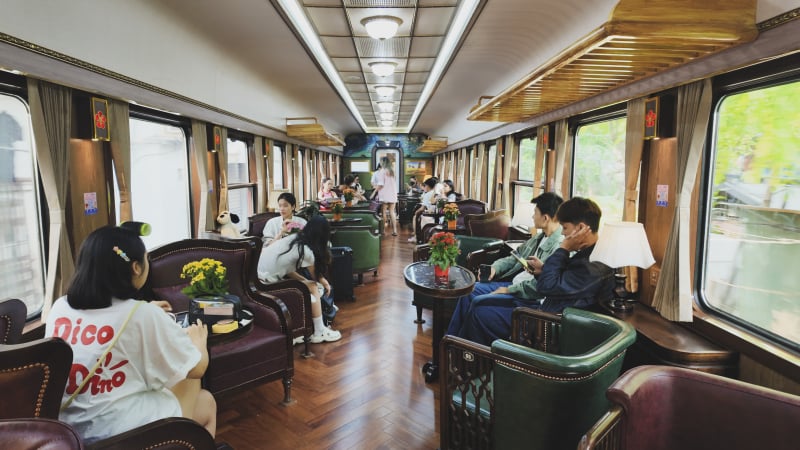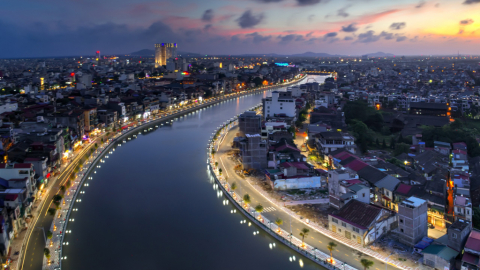Located at 66 Dien Bien Phu, Hong Bang Ward, Hai Phong Museum is one of the famous ancient architectures of the city. As one of the earliest provincial and municipal museums in the country, since 1959, Hai Phong Museum has collected and preserved over 22,000 artifacts, over 11,400 images, 3,285 original documents and over 720 books with many significant and important historical values.
It is known that this building was originally built in 1918 by a Hong Kong business group in the European Gothic style. After a period of losses, the investor sold the project to a French capitalist. From around 1920, the building was called the Franco-Chinese Bank.
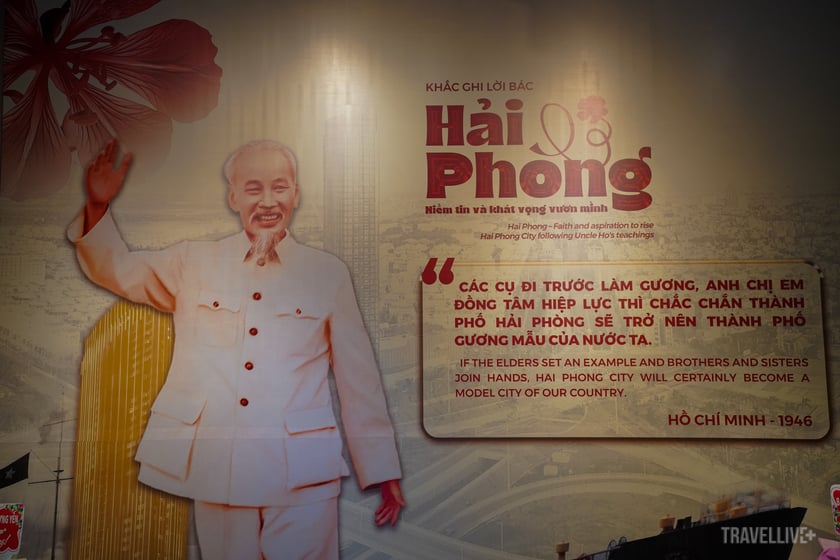
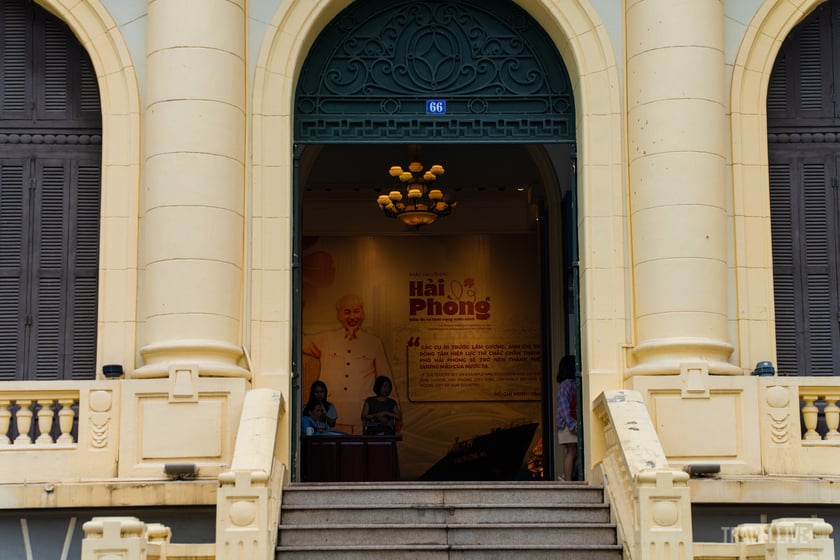
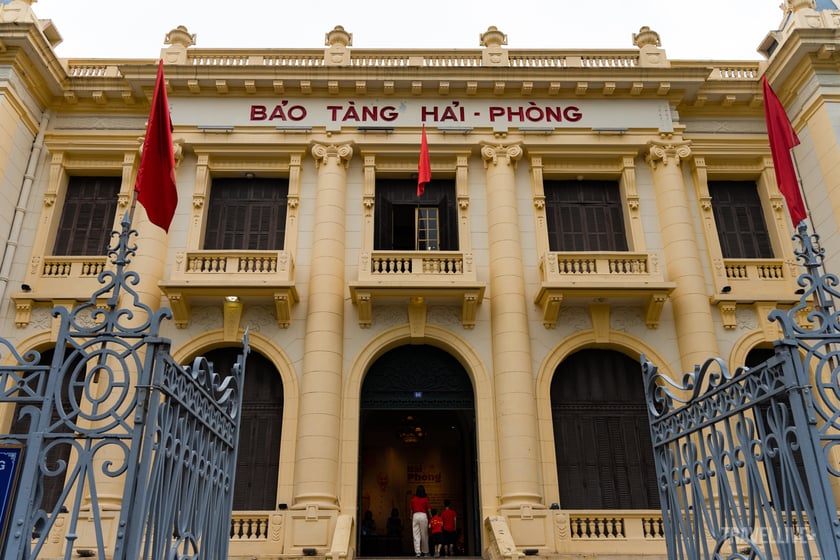
Located in the city center, Hai Phong Museum is a convenient historical and cultural attraction for visitors.
After the liberation of Hai Phong (May 13, 1955), the building was used as a Banking College. In 1958, at the request of the Hai Phong People's Committee, the Ministry of Finance handed over the building to be used as a museum. On December 20, 1959, after a period of repair, the Hai Phong Museum was inaugurated. Since then, this place has also been known as the first local research museum in Vietnam.
The building has an area of about 1 hectare, including two floors, one basement, floor area of about 1,200 m2. Through many renovations, Hai Phong Museum still retains its original exterior architecture and basic interior structure as it did more than 100 years ago.
The two floors of Hai Phong Museum are divided into 16 exhibition rooms with 12 contents and one room for thematic exhibitions to celebrate major holidays of the country and the city, as well as related cultural events in the historical process. The total number of artifacts used is: 1,736 artifacts, 840 images and documents.
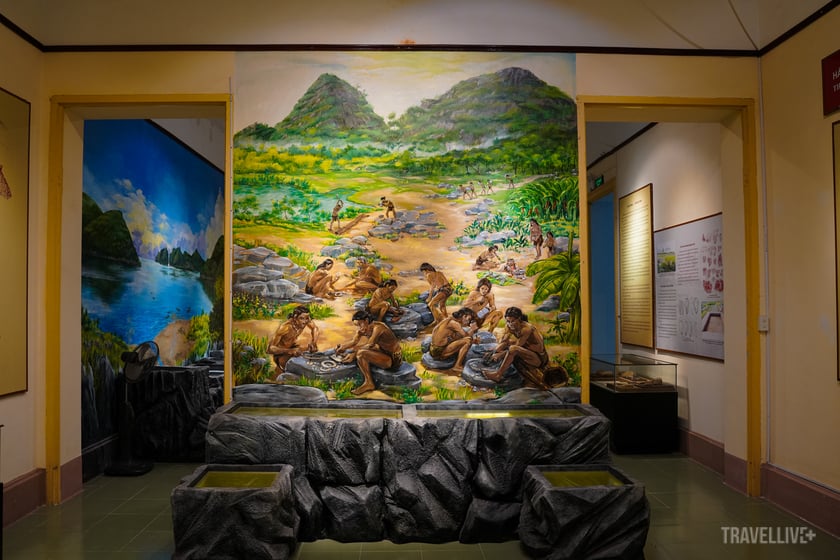
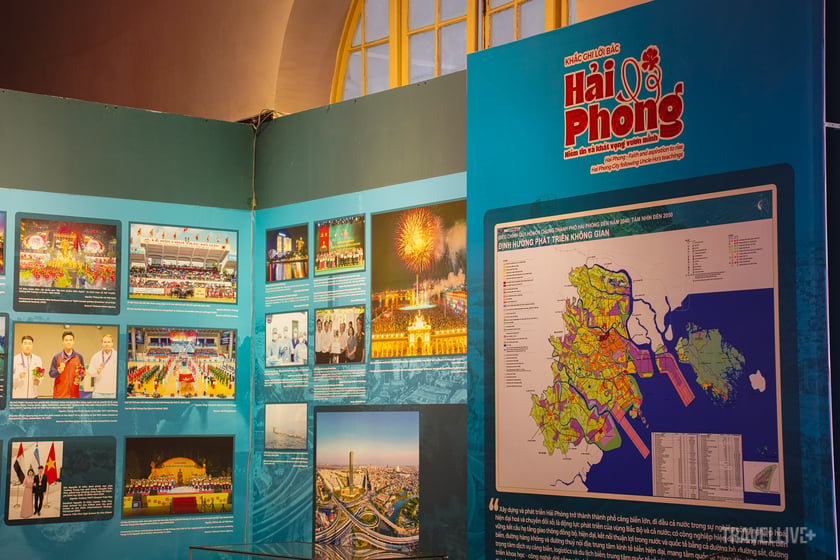
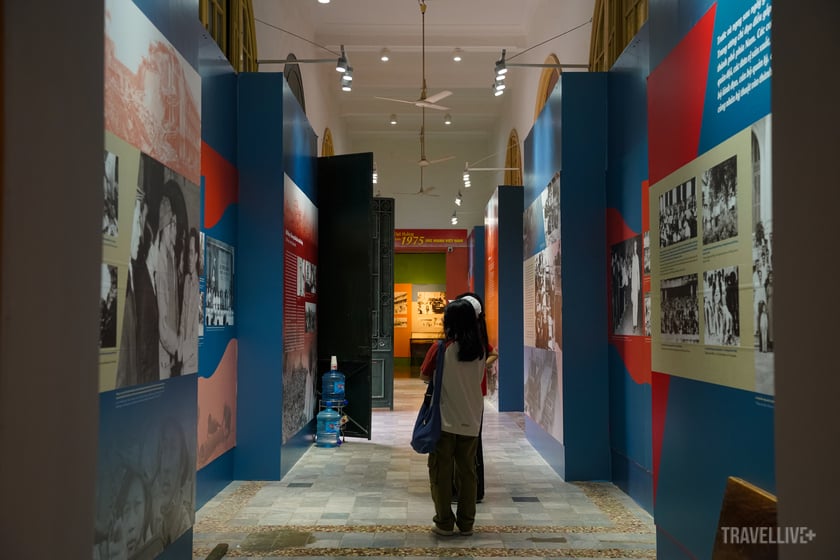
The building's architecture is kept intact and is used as a place to display many valuable artifacts.
Regularly displayed contents at the Museum include: Hai Phong's natural resources, Hai Phong in prehistoric times, Hai Phong from the 1st century to the end of the 19th century, ancient Hai Phong urban area, Hai Phong from the end of the 19th century to the August Revolution in 1945, Hai Phong's 30 years of resistance against foreign invaders to build and defend the Fatherland 1945-1975, Hai Phong's traffic - the northern gateway, Vietnam's sea and islands, Hai Phong's agriculture, Hai Phong's economic history of industry, commerce and handicrafts from the end of the 19th century to the beginning of the 20th century, the Friendship Room, Uncle Ho with the people of Hai Phong - Hai Phong's people follow Uncle Ho's words.
The exhibition contents are conveyed according to the historical flow and typical themes of Hai Phong city, fully demonstrating the land, people, and traditional culture of Hai Phong throughout history.
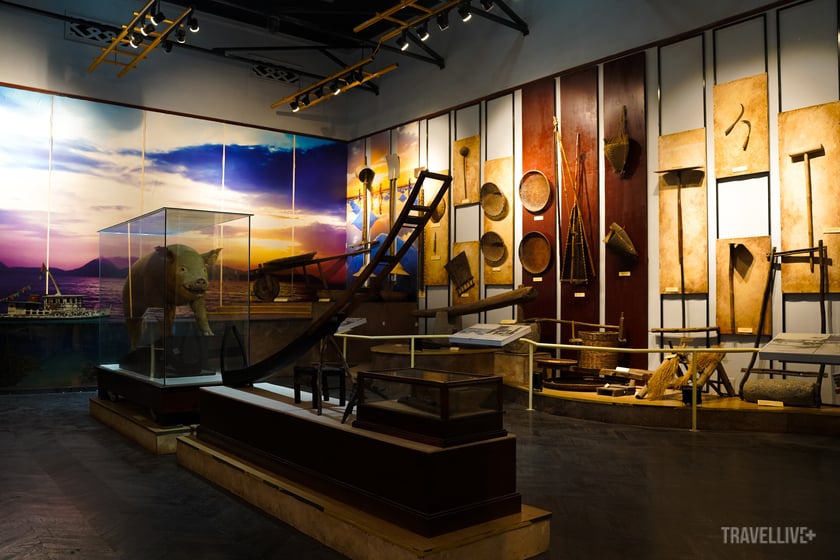
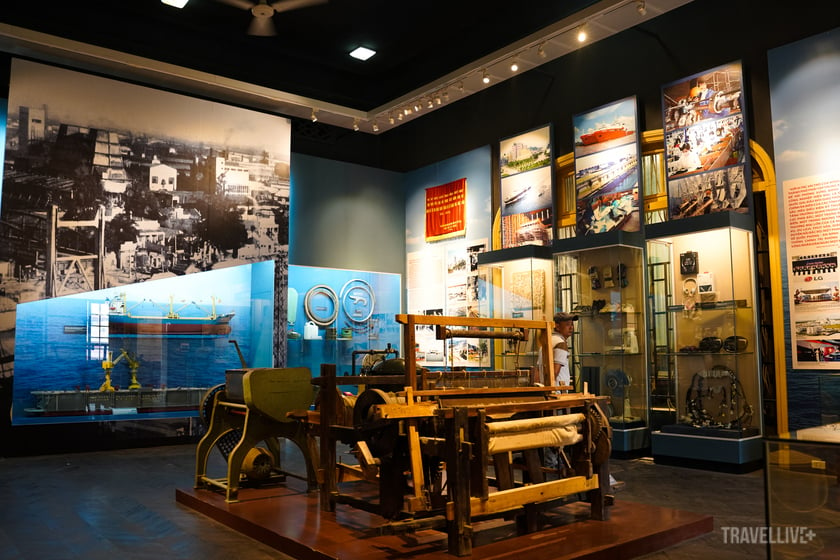
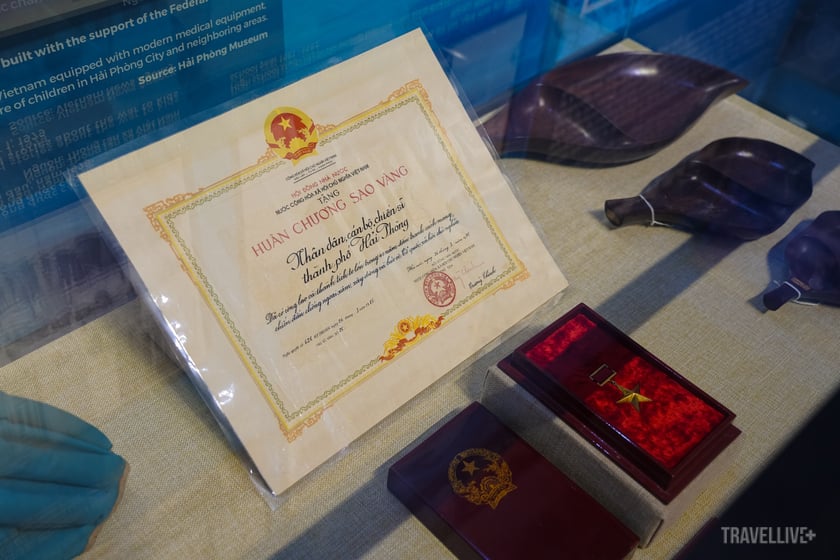
The exhibition contents are conveyed according to the history and typical themes of Hai Phong city.
On the occasion of the 69th anniversary of Hai Phong Liberation Day (May 13, 1955 - May 13, 2024) and the 2024 Red Flamboyant Festival, Hai Phong Museum has displayed national treasures and ancient artifacts in the An Bien Collection to serve the people and tourists. 300 ancient artifacts in the An Bien Collection date from the Dong Son Culture to the Dai Viet nation in the 19th century, including 18 national treasures of the An Bien collector (collector Tran Dinh Thang). This is also the first time the Museum has announced the set of gold and silver artifacts in the Nghe Temple Sanctuary, which were kept, preserved and received by Hai Phong Museum in February 2024.


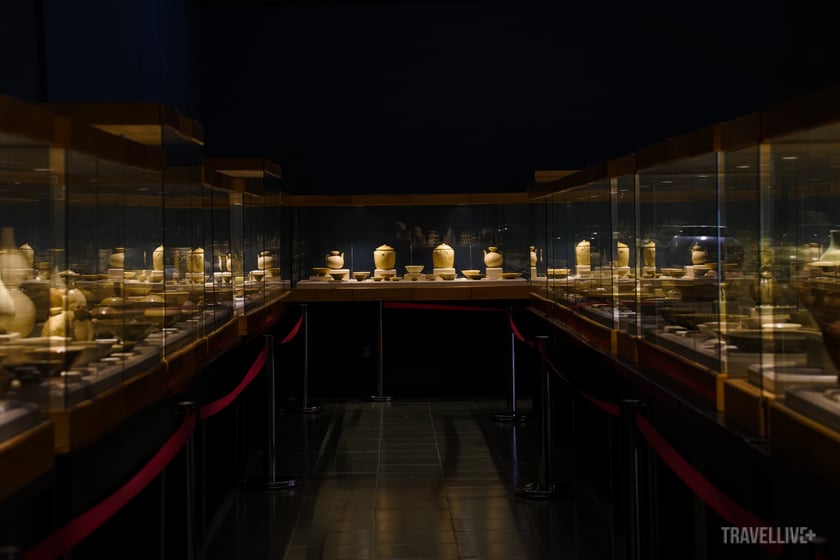
Hai Phong Museum is currently the place to preserve and display national treasures and ancient artifacts in the An Bien Collection.
The three treasures recognized in 2023 include: Dong Son bronze vase, dating from the Dong Son culture; Brown ceramic vase dating from the 11th - 12th century; Blue-gray ceramic incense burner dating from around the Hung Tri era (1588 - 1591), under the reign of King Mac Mau Hop.
Six national treasures recognized in 2022 include: two celadon ceramic plates (dating from the Ly Dynasty, 11th - 12th century); purple-blue ceramic plates (dating from the early Le Dynasty, 15th century); blue-and-white ceramic incense burner (dating from the early Le Dynasty, 15th century); two bronze incense burners with lids and Nghe statues (dating from the 16th - 17th century).
The last 9 national treasures recognized by the state in 2021 are all white-glazed ceramic products dating from the Ly dynasty with unique Vietnamese designs and motifs, imbued with the cultural identity and philosophy of the era of a Buddhist monarchy.


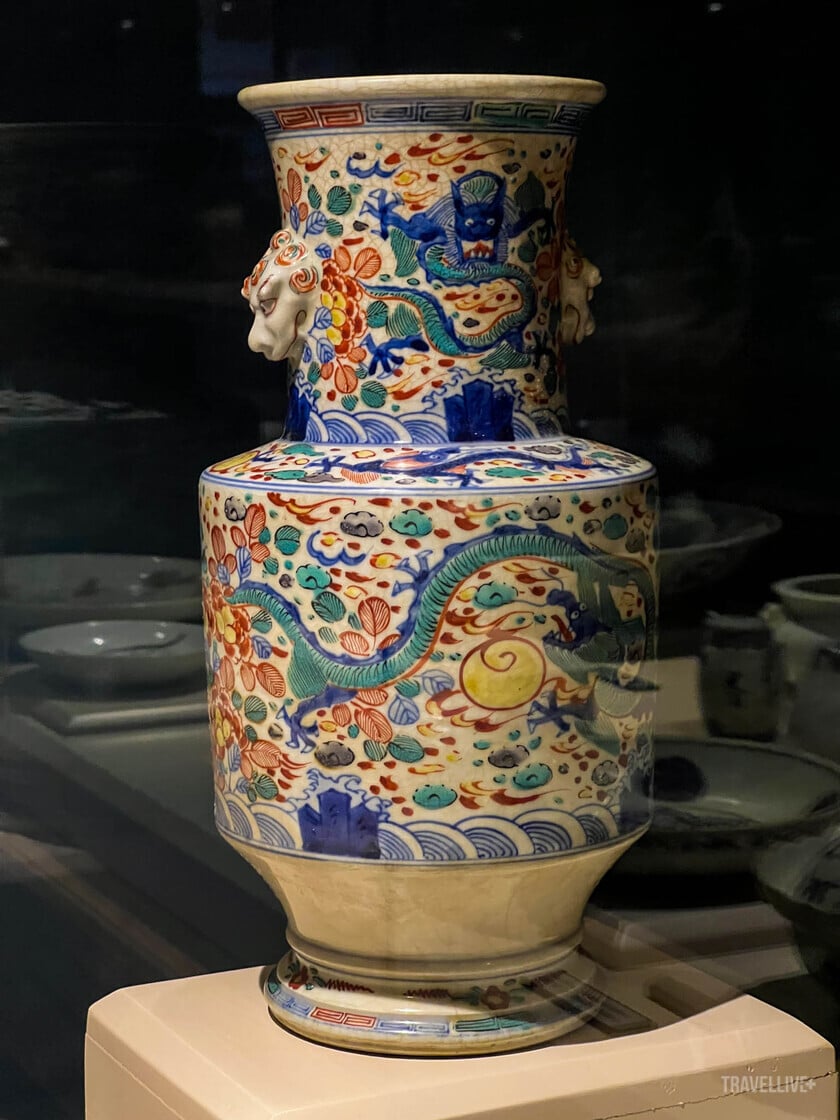
In addition, the museum also displays many precious works such as the statue of Bodhisattva Guanyin made of precious agarwood, crafted in the Chinese art style of the 17th - 19th centuries, or hundreds of ancient artifacts dating from the Ly, Tran, Le, and Mac dynasties with beautiful intact patterns and motifs displayed in the main room of Hai Phong Museum.
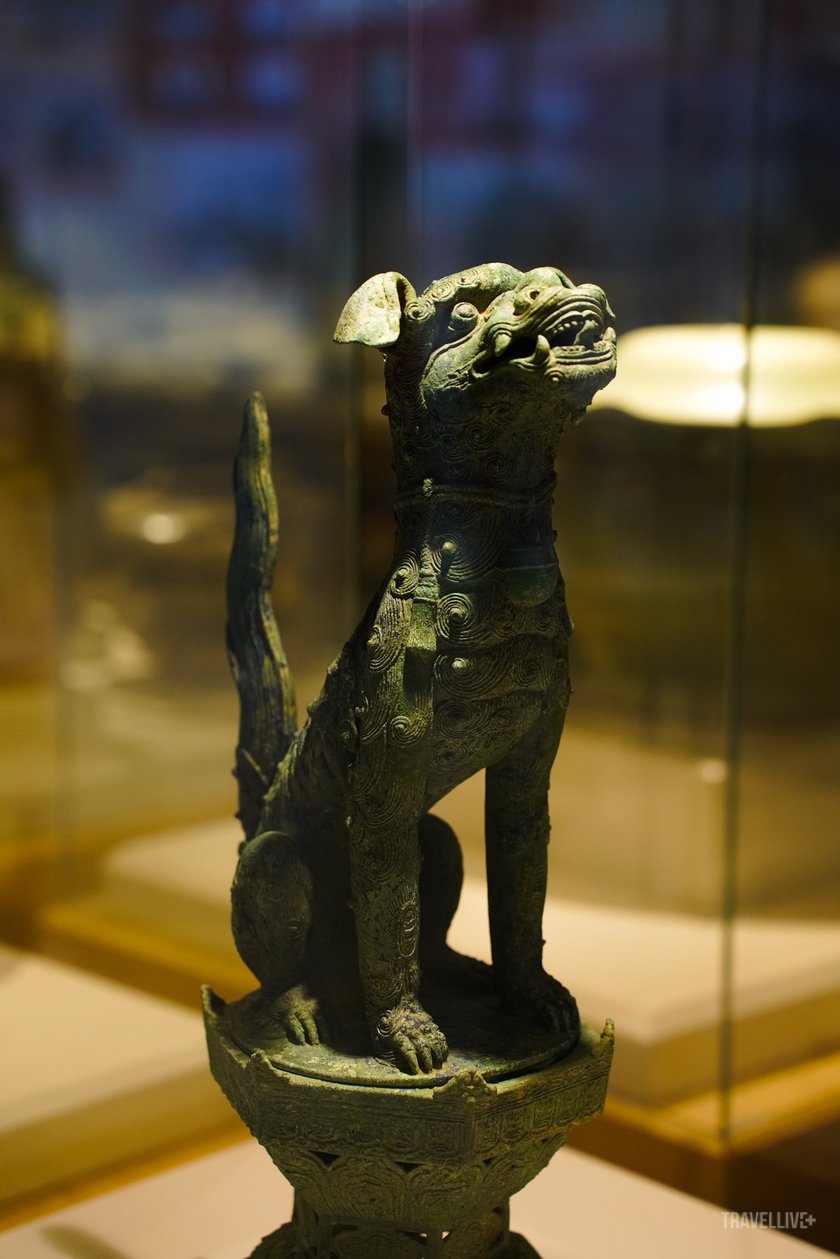
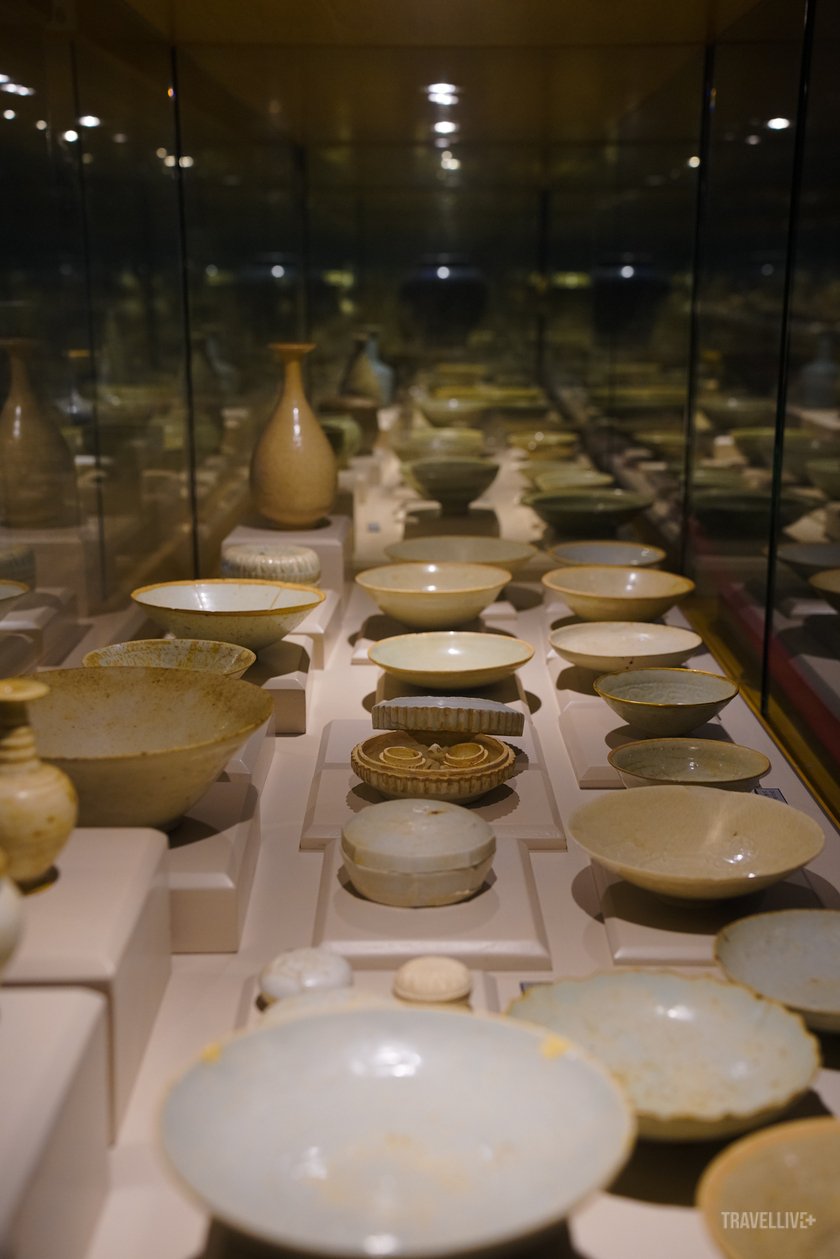

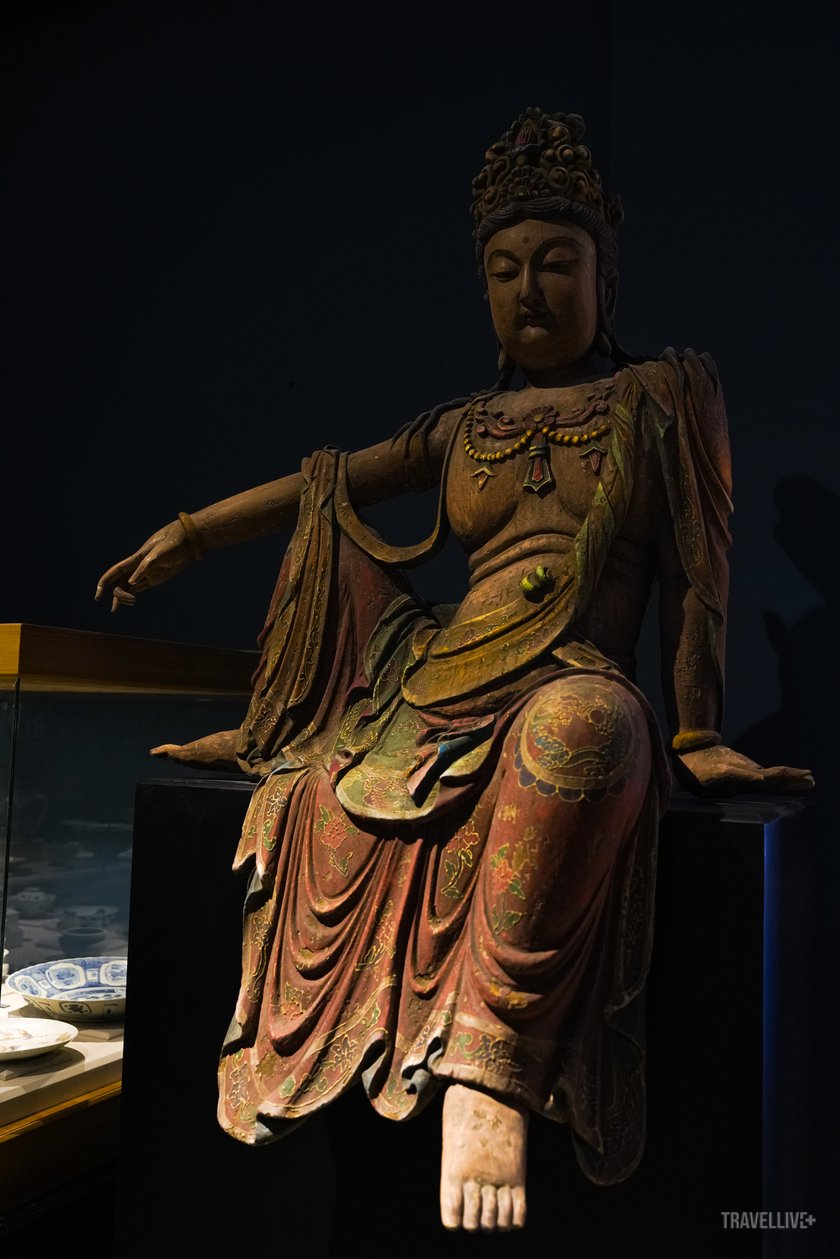
The statue of Bodhisattva Avalokitesvara made of precious agarwood is displayed at the museum.
Since its establishment, the museum has played an important role in educating the history, patriotism and national pride of the city's people. During the historical days of the country in general and Hai Phong City in particular such as April 30th Liberation of the South, May 13th Liberation of Hai Phong, September 2nd National Day... many local and foreign tourists come to visit the Museum as a way to look back at the glorious and heroic history of the nation. In addition to the elderly and veterans, visitors also include teenagers and children.



The museum contributes to educating people about history, patriotism and national pride.
The museum opens in the morning from 8:00 to 11:00, in the afternoon from 14:00 to 17:00, closed every Monday. This is also a check-in point with many beautiful photo angles for tourists when visiting Hai Phong.
Hai Phong is a land rich in historical and cultural traditions and dense in tangible and intangible cultural heritage, with 553 ranked relics, including 118 national relics, 433 city-level relics, 2 special national relics, 12 national intangible cultural heritages and 21 national treasures.








